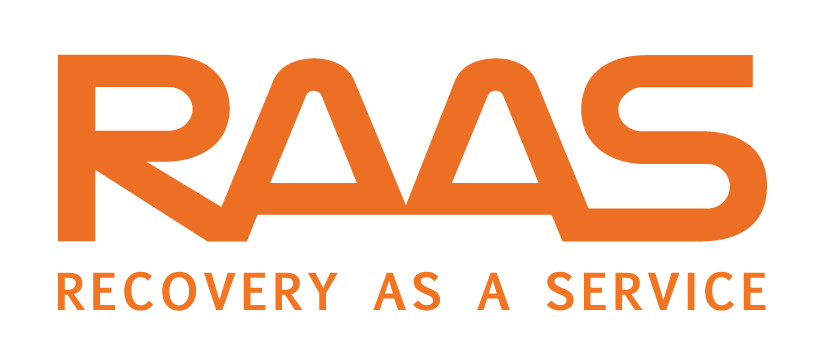Businesses today face too many challenges in protecting their data as computer attacks are increasingly likely. In addition, there is always the risk of natural disasters that could compromise the entire continuity of the business. Due to the current scenario, it is essential to plan the possible scenarios of data loss, so that recovery plans are developed to minimize the data. In today’s article, we leave you some tips for how to work out a disaster recovery plan!
First step
Analyze the resilience of the company. If you are unable to easily recover data in all scenarios, the time has come to change the disaster recovery plan. To effectively understand the company’s resilience, you should be able to answer questions such as: “How long does it take to retrieve information? What is the recovery point? How much does it cost to recover data?”
Second step
It is necessary to define which data needs to be retrieved and are part of this set of data and applications, workloads, virtual machines, applications, among other important information for the business operation. This is a very important point since if any element fails, the business can be truly compromised.
Third step
Knowing where the data is is essential, but oddly enough, this is one of the biggest issues when setting up a disaster recovery plan, as most IT managers are unable to pinpoint where data type is found. The disaster recovery plan should encompass all data belonging to the organization, whether stored on company infrastructure or in the cloud.
Fourth step
Your disaster recovery plan should be cloud based as this technology offers new possibilities and many benefits when it comes to recovering data such as reduced costs, easier logistics, faster and more efficient levels of service continuity.
Fifth step
In today’s business landscape, it is advisable to automate disaster recovery. Having a comprehensive strategy is essential so that disaster recovery does not require too much effort, risk or overspending. The disaster recovery plan should address any kind of problem, be it a natural disaster or a ransomware attack. Processes need to be simplified by automating them so that whenever something goes beyond its standard it automatically activates.

